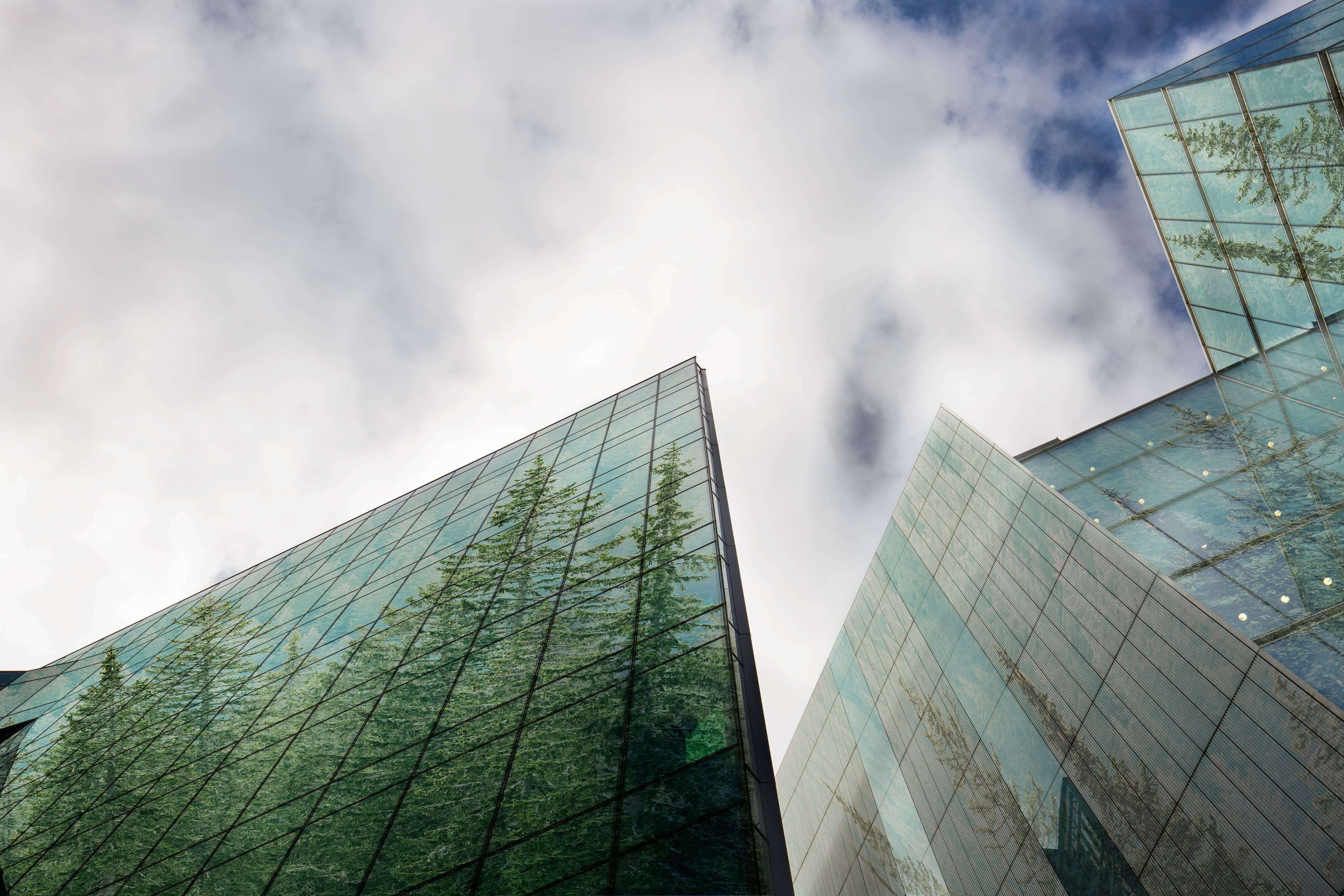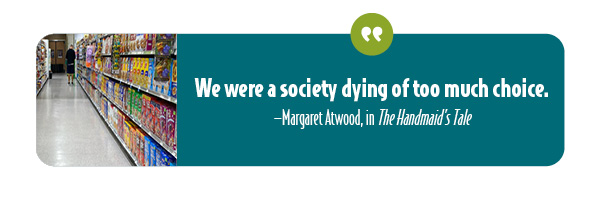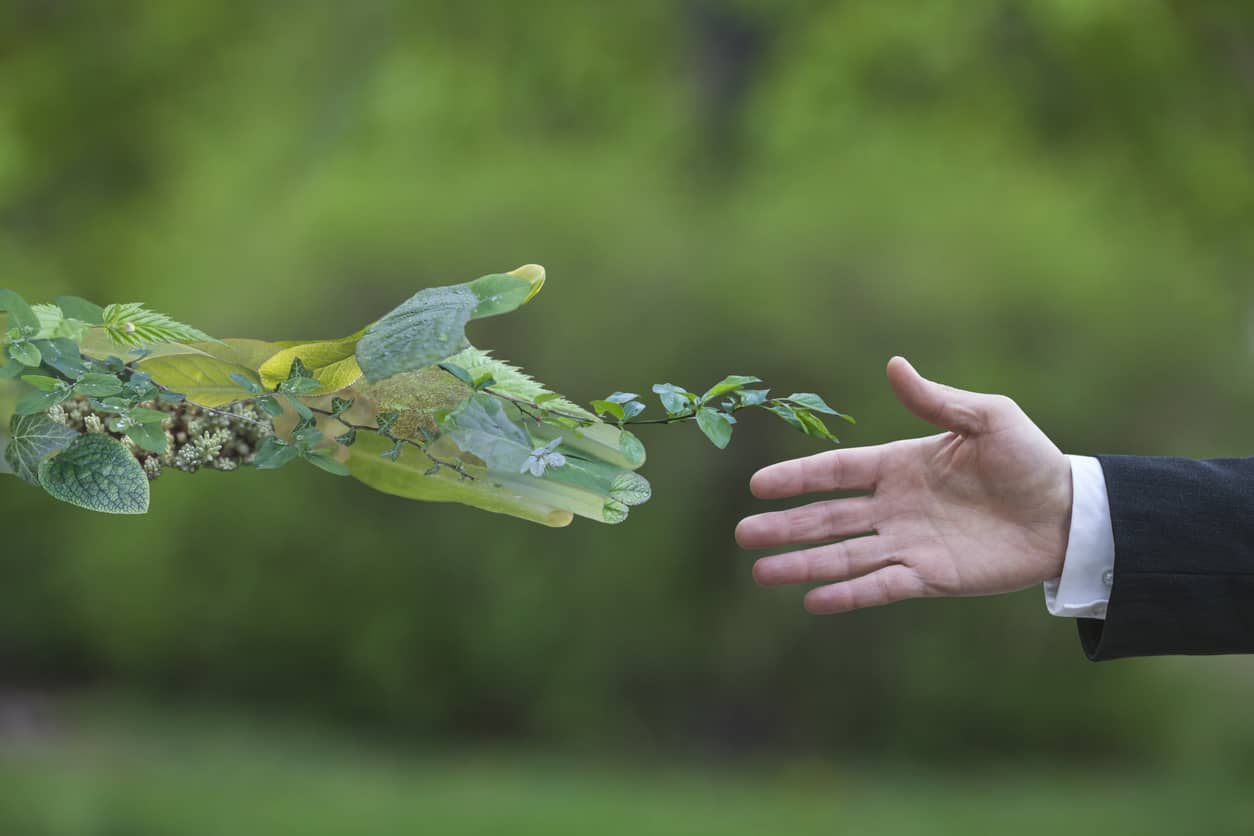Many entrepreneurs begin a business because they have a passion but may not have business experience. And it’s easy for small business owners to anticipate achieving success much sooner than is feasible and lack the staying power to make it successful. In fact, seventy percent of businesses fail after a decade—that’s a staggering statistic.
And even if your business grows, with the Great Resignation, you’ll most likely face the obstacle of finding and keeping quality employees at a reasonable wage. As a business owner, you might depend too heavily on faithful employees when staffing is sparse or continually pick up the slack yourself, which can lead to burnout.
Estimated reading: 6 minutes
 Business Challenges and Emerging Business Trends
Business Challenges and Emerging Business Trends
Given these challenges and others, you may be searching for answers. So, what are the ingredients of a sustainable business model with agility for these unpredictable and quickly changing times?
The short answer: our business paradigm must completely change.
Business owners have always known that happy customers equal a thriving business, but the digital age dramatically transformed the landscape, creating enormous competition with only a few computer keystrokes. Amazon ushered in shopping convenience with free shipping, and many online companies quickly followed suit. This trend has encouraged instant gratification over loyalty—we are indeed spoiled.
Convenience rules.
Shop at any grocery store chain like WinCo, Walmart, or Albertsons, and you’ll find several dozen breakfast cereals, organic or nonorganic vegetables and fruits, and a zillion other products. And of course, there’s always Amazon’s Subscribe and Save membership program, too.
When you go into major department stores, such as Macy’s, Target, or Kohls, you’ll find a dozen T-shirt colors and scores of choices in clothing styles and textures… aisle after aisle of the fulfillment of every preference and need.

Choice rules.
Recently, I heard about an unsettling teen trend called the disposable wardrobe. Instead of picking up their clothes dropped on the bedroom floor to wash and care for them, some opt for the path of least effort. They plop them in the garbage and go shopping at TJ Maxx to replace their wardrobe. Prices are cheap, and they “like the variety.”
Thanks to the internet and social media, teens have been influenced by mini-trends set by the fashion industry, which have gotten shorter and shorter. This trend called Fast Fashion is accelerating the cycles of new design and how fast clothes go from sketch to stores at a velocity never before seen.
Yet, according to the World Resources Institute:
- One cotton T-shirt requires 2,700 liters of water to produce, enough for one person to drink for two-and-a-half years.
- The average consumer buys 60% more clothing today than in 2000 and wears clothing half as long.
- Polyester production for textiles produced 1.5 trillion pounds of greenhouse gases in 2015, equivalent to 185 coal-fired plants’ annual emissions!
- The average a person wears a piece of clothing is only 7 times.
Related reading: “Minimalism: Is It Bad for Your Business and Your Life?”
 Consumers are not necessarily making choices that support our environment. Certainly, teens throwing away clothes and buying more is unsustainable. And the fast-changing fashion trends coupled with cheap prices and online convenience encourage people to consume more, not less.
Consumers are not necessarily making choices that support our environment. Certainly, teens throwing away clothes and buying more is unsustainable. And the fast-changing fashion trends coupled with cheap prices and online convenience encourage people to consume more, not less.
Convenience. Choice. Consumerism. Least Effort.
The good news is that studies show Generation Y (or millenniums) and Generation Z tend to care about buying from brands that align with their values and support environmentally sustainable practices.
Plus, some companies are making efforts to transition to more environmentally friendly practices. According to Entrepreneur:
In 2005, Walmart identified the transition to completely renewable energy sources and zero waste as one of their top priorities. Seven years later, Walmart saved $231 million due to efficient waste management and recycling planning to save $150 million more thanks to renewable energy source projects and a zero-waste program.
It’s no longer okay to look away from sustainable practices. In the unpredictable and rapidly changing marketplace, it may seem costly to work toward sustainability in your business, but in most cases, the initiative saves money and builds a more resilient company.
A major market trend ushered in by the pandemic is increased virtual meetings. Zoom alone has 300 million meeting participants daily! Employee and job flexibility increased as a result of many working from home, promoting the gig economy. We are living in an unprecedented time with borders dissolving into one global community. What does this mean for you as a business owner?

In the Five Trademarks of Agile Organizations, the authors state that the old machine business model is outdated and for businesses to survive—and thrive—they are required to adapt and change. To take it a step further, seeing a business as a living organism is imperative. We must build and nurture our business like an ecosystem, dynamic interacting systems with life-supporting functions. Three guiding principles of permaculture that are applicable here are: care for people, care for the earth, and fair share.
Great advice for businesses, too!
When contemplating a topic such as sustainability, I always think of my colleague and friend, Kareen Erbe of Broken Ground, who is a permaculture expert. For those of you new to permaculture, it is a whole-systems approach and design to land management and sustainable living.
Kareen and I met for tea and had a fascinating conversation on how the precepts of permaculture transfer to business. We talked about business growth, and she commented that “unlimited growth isn’t automatically a good thing.” Many times, business owners think only of growth. However, the goal of business is to have healthy systems supporting and growing one another in balance.
For instance, in the social forest, mother trees are connected as a community and feed other younger trees, especially in drought. They are all connected.
|
Discovery Questions:
|
Our recent conversation continued, Erbe said, “debt narrows the field of creativity. However, when we decrease debt to create space, it frees you up to contribute to the community.” As I pondered our conversation later, her comment made me think of the USPS—a service we have come to depend on historically.
You probably already know that USPS has huge losses of billions of dollars every quarter, every year. The institution's future is uncertain as they struggle with attacks on postal carriers, employee retention, hiring challenges, and trucking shortages. And most recently, closure of post offices.
 The example of USPS and their losses show that their ecosystem is out of whack. The USPS system no longer supports the whole in today's market, which jeopardizes its ability to serve the public. Therefore, the first principle of permaculture, “to care for people,” is about to collapse.
The example of USPS and their losses show that their ecosystem is out of whack. The USPS system no longer supports the whole in today's market, which jeopardizes its ability to serve the public. Therefore, the first principle of permaculture, “to care for people,” is about to collapse.
Related reading: “7 Easy Habits that Will Make Your Business More Sustainable (and Save You Money)”
Suppose you begin down this path of viewing and treating a business like a living organism or ecosystem. In that case, it may be helpful to acquaint yourself with the eight forms of capital, as I did at the prompting of my colleague. All these forms of capital interact within your business, whether you’re aware of it or not. When each one is healthy, the system is healthy.
8 Forms of Capital in a Business
1 Financial – the primary exchange for goods and services: money.
2 Material – assets such as cars and trucks, office buildings, inventory, and property.
3 Living (or natural) – substances we depend on to live: water, soil, plants, animals, etc.
4 Social – the benefits, influence, and connectedness of our relationships.
5 Intellectual – the knowledge we possess, e.g., a college degree, and our ability to continue to learn
6 Experiential – any experience that improves or increases value, such as travel or business experience.
7 Spiritual – connection to a higher power or energetic vitality fueling purpose, values, and integrity.
8 Cultural – the benefits and contributions to a community, such as music, art, storytelling, traditions, or history.
Begin to view your business as a living organism with the above kinds of capital.
|
Discovery Questions:
|
Successful companies have both stability through processes, systems, and structure (the roots and trunk of a tree) and also agility, the ability to adapt to market demands and trends (how living organisms adapt).
A healthy, sustainable company is a healthy ecosystem. And agility is part of that health: motivated through learning and innovation, clarity of purpose and values, and the ability to balance fast change with rapid action. And a company’s leadership is authentic, inspiring, meaningful, and connected to each part and the whole.
What will you shift in your company to be more agile? And how will you apply the eight forms of capital to create more stability? And lastly, what business practices will you put in place to take care of your people and the environment?
Think of it as a handshake with nature!

Related reading: “Avoid These Costly Mistakes! Crucial Lessons for Building a Successful Business.”
For customized business support, leadership training, or greater emotional intelligence skills, contact support@heartmanity.com.








